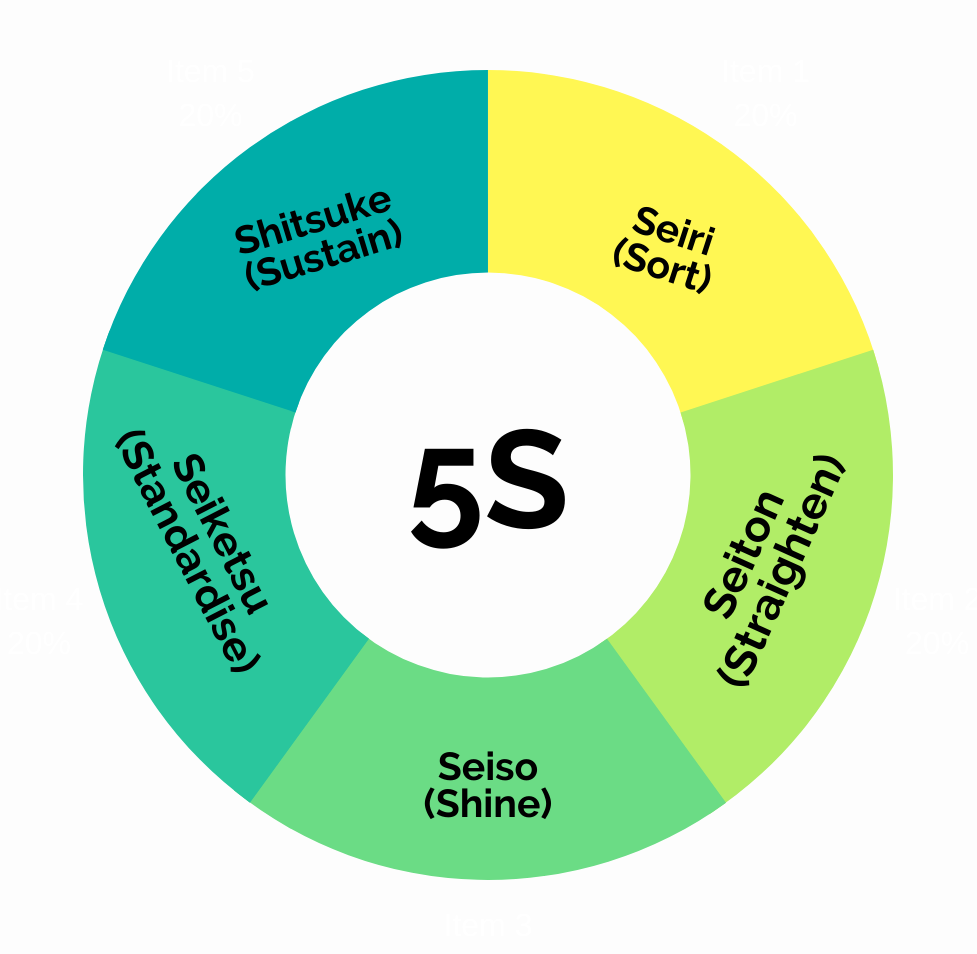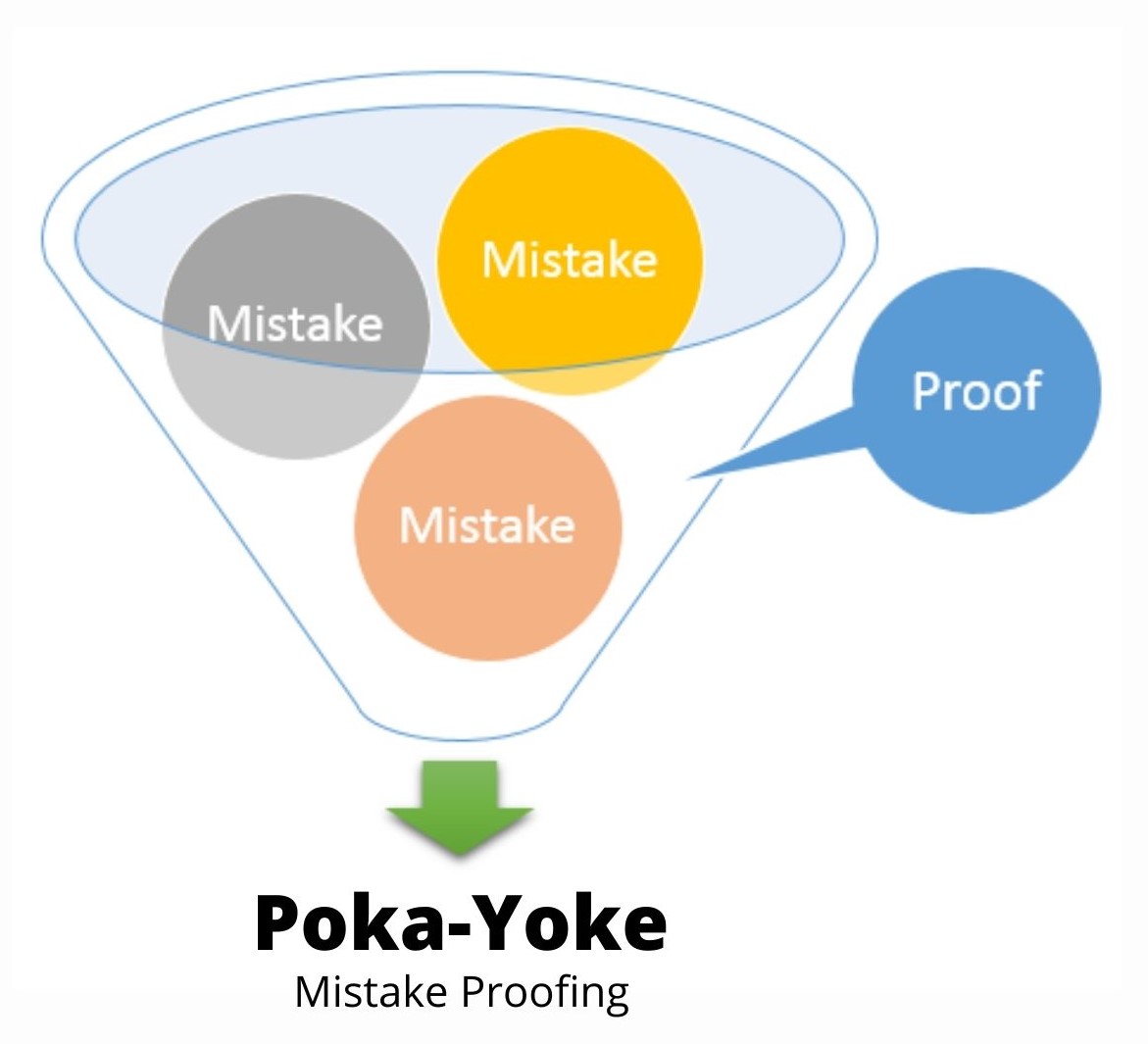Top 5 Essential Lean Manufacturing Tools
Most manufacturing companies around the globe are now going the Lean Manufacturing way.
Lean manufacturing is more than just a method. It is an all-encompassing business strategy where waste or anything in the manufacturing system or process that does not add value, is reduced, without compromising productivity and quality.
To carry this out, companies must determine the right Lean Manufacturing tools to use.
Here are the Top 5 Essential Lean Manufacturing Tools that you must remember and learn:
The 5S

The 5S pertains to 5 Japanese words: Seiri (Sort), Seiton (Straighten), Seiso (Shine), Seiketsu (Standardise) and Shitsuke (Sustain). It is the most basic and the foundation of the Lean Manufacturing System that was first developed in Japan. The guiding principle is for a company to achieve good performance, it must be clean and the systems properly organized.
The known benefits of implementing 5S are:
- Savings on operational expenses
- High product quality
- Increased productivity
- Safe and conducive work environment
- Improved employee satisfaction
Kaizen
Kaizen is another Japanese word that means “continuous improvement”. This involves all the employees where they work in a team environment and their inputs and insights on improving productivity and operational processes are valued. It recognizes that changes no matter how small can impact the future of the organization significantly.
Kaizen follows the PDCA tool in its implementation:
-
- Plan
- Do
- Check
- Act
Kanban
Another Japanese term, Kanban, means “signboard”. So, how does it relate to lean manufacturing?
It provides a visual process management tool used to design, manage and improve the operational process. It is the tool used to effectively implement the Just-In-Time Manufacturing.
There are four core principles behind Kanban:
-
-
- Create visual model of your work and workflow
- Reduction of products under Work-in-Progress
- Be workflow-focused
- Embrace culture of continuous improvement.
-
Poka-Yoke

This Japanese word means “mistake-proofing” and obviously, the goal of using this tool is to help employees or equipment operators to avoid making mistakes. In this manner, product and process defects are being prevented from happening.
The important benefits of using poka-yoke include:
-
-
-
- Allows employees to get their work done right the first time.
- When this is consistently followed, gradually, mistakes can be prevented from even happening in the first place.
- It is not expensive to implement
-
-
For you to better understand Poka-Yoke, check out the common examples of Poka-Yoke.
Heijunka
Completing our list is this Japanese term which translates to “leveling”. Thus, in terms of manufacturing or production it means, scheduling or sequencing of production where production and mix are distributed evenly.
In leveling the production schedule, you will benefit because of:
-
-
-
- a more organized workflow
- overproduction is avoided
- Savings on cost
- Balance in using manual labor and machines
- Will unburden your team if there are surges in product demand.
-
-
You can check out our article, “What is Heijunka?” for a more in-depth take on Heijunka.
Choose the Right Tool
You cannot say that one lean manufacturing tool is better than the other. There are a lot of factors to consider when you decide to go lean.
What needs to be corrected?
Which process is redundant?
How can we reduce waste?
These are just some of the questions that may lead you in choosing the essential lean manufacturing tool to use. We in Lean Factories hope that in one way or another, we can help you in your journey to go Lean Manufacturing.
You might also wanna check 60 Common Examples of Poka Yoke.
